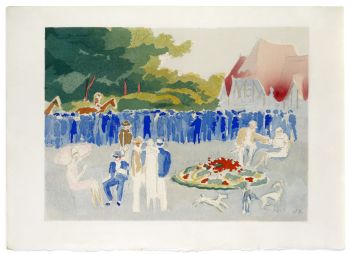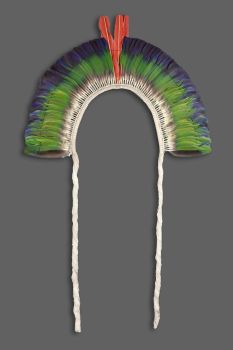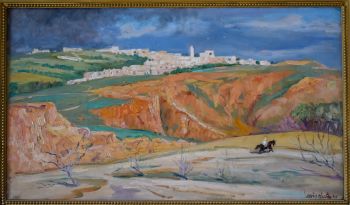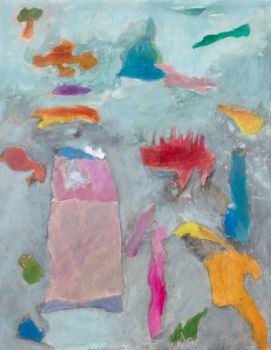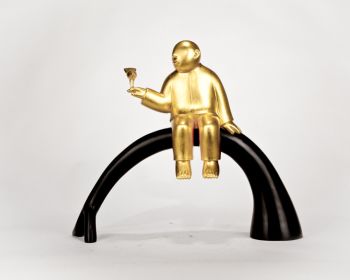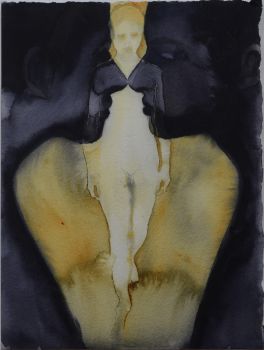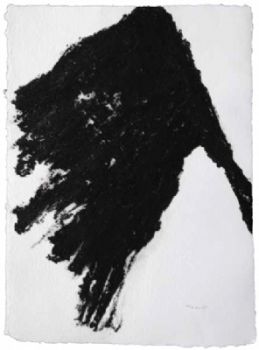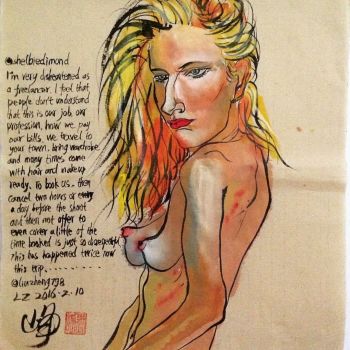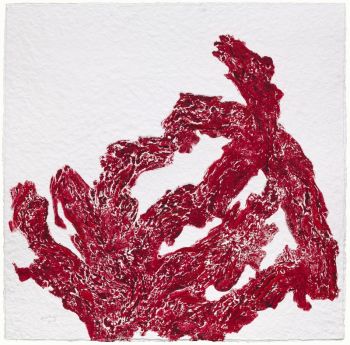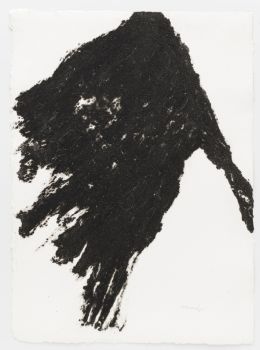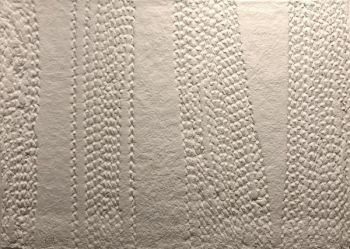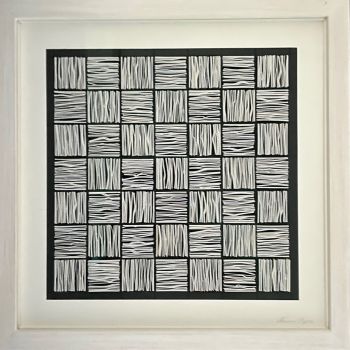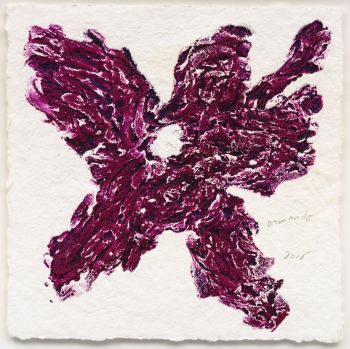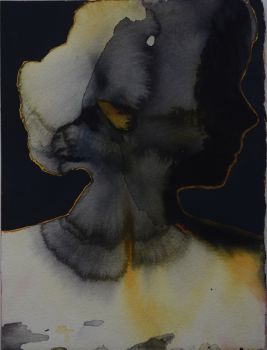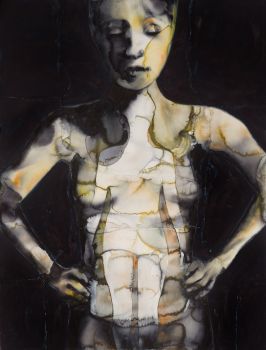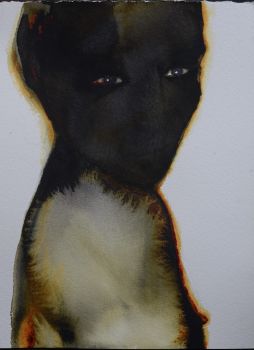Important account containing the earliest information on Darfur, written by the first European to d 1800
William George Browne
PapelPapel artesanal
Atualmente indisponível via Gallerease
- Sobre arteNieuwe reize naar de binnenste gedeelten van Afrika, door Egypte, Syrie en Le Dar-four, ... gedaan in den jaare 1792-1798.
Amsterdam, Johannes Allart, 1800.
2 volumes. 8vo. With 2 folding maps engraved by D. Veelwaard (ca. 32 x 24 cm and 43 x 40 cm), a woodcut of a pyramid and some tables in text.
Modern half vellum.
The rare Dutch translation of an important work, containing the earliest information on Darfur (Sudan).
William George Browne (1768-1813), ''inspired by Bruce's travels, went to Egypt in 1792 hoping to explore the oases in the eastern Sahara and to journey to the source of the White Nile. He reached El Fashur in Darfur and was the first Englishman to explore the temple of Jupiter Ammon at the Oasis of Siwa. These deserts were not explored again until 1848 when Bayle St. John travelled through them. Browne was the first European to describe Darfur, which he reached with a Sudanese caravan in 1793. He was imprisoned there by the Sultan of Darfur. In 1796 he reached Egypt again by caravan and eventually returned to England via Syria and Constantinople. From 1800 to 1802 Browne travelled again in Turkey and the Levant. Some information gained at that time was published in Walpole's Memoirs. In 1812 he left England with the intention of travelling through Persia to Tartary, but was murdered by bandits in Persia'' (Blackmer).
The maps show Darfur and the route of the Sudanese caravan travelling from Egypt to Darfur as well as the tracks (of which one coloured) for slave traders from Darfur to surrounding countries.
In very good condition and wholly untrimmed, with owner's stamp on both title-pages. Scarce Dutch translation of an important work containing the earliest information on Darfur.
Cox I, p. 394; Howgego, to 1800, B170; Ibrahim-Hilmy I, p. 91; cf: Atabey 156; Blackmer 219-220. - Sobre artistaWilliam George Browne (1768, Londres - 1813, Irã) foi um viajante britânico na África Central e no Oriente Médio. Ele estudou no Oriel College em Oxford. Quando saiu da universidade, queria dedicar-se à atividade literária, mas logo decidiu ser explorador na África Central. Em 1792 ele chegou a Alexandria no Egito e visitou o Oásis de Siwa, famoso por seu templo oráculo de Zeus Ammon. Durante este ano, ele estudou árabe e examinou as antigas ruínas do Egito. Em 1793 ele partiu para Darfur, um sultanato muçulmano, hoje parte do Sudão. Browne foi o primeiro europeu a descrever Darfur. Ele foi levado à força sob custódia pelo sultão e sofreu muitas dificuldades. Ele foi autorizado a retornar ao Egito em 1796. Em seguida, ele ficou um ano na Síria e chegou a Lonon em 1798. De 1800 a 1802, Browne passou três anos na Grécia, Ásia Menor e Sicília. Em 1812, ele pretendia viajar da Inglaterra para a cidade de Samarcanda, agora no Uzbequistão, mas foi assassinado por ladrões na estrada de Tabriz para Teerã. Browne publicou suas Viagens na África, Egito e Síria (dos anos de 1792 a 1798) em 1799 (edição ampliada de 1806). Suas obras, escritas em estilo seco, dão uma imagem positiva da cultura islâmica.
Artwork details
Categoria
Assuntos]
Material e Técnica
Related artworks
Tilmanus Nicolaus Maastricht
Missale Romanum com montagens de prata holandesa1788 - 1792
Preço em pedidoJacob J. Roosjen SRI
Engelbert Kaempfer
LIVRO ENGELBERT KAEMPFER1651 - 1716
Preço em pedidoZebregs & Röell - Fine Art - Antiques
LAWRENCE WEINER
"SKIMMING THE WATER [MENAGE A QUATRE]" Signed book plus small artwork2010 - 2014
Preço em pedidoGallerease Selected
Tilmanus Nicolaus Maastricht
Missale Romanum com montagens de prata holandesa1788 - 1792
Preço em pedidoJacob J. Roosjen SRI
Engelbert Kaempfer
LIVRO ENGELBERT KAEMPFER1651 - 1716
Preço em pedidoZebregs & Röell - Fine Art - Antiques
Yoko Ono
YOKO ONO: "ARISING" SIGNED BOOK PLUS SMALL ARTWORK 2010 - 2014
Preço em pedidoGallerease Selected
1 - 4 / 22Artista Desconhecido
UMA CABEÇA DE PENA JURUNA TRIBE1900 - 1950
Preço em pedidoZebregs & Röell - Fine Art - Antiques
1 - 4 / 24- 1 - 4 / 24

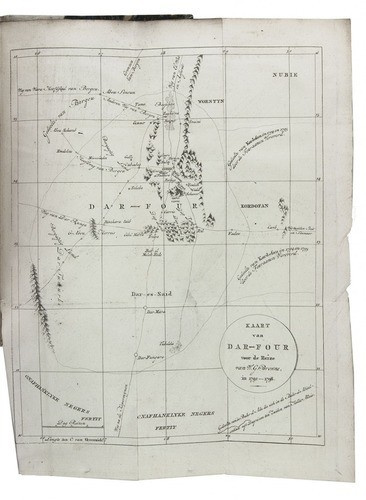









!["SKIMMING THE WATER [MENAGE A QUATRE]" Signed book plus small artwork by LAWRENCE WEINER](https://media-2.gallerease.com/images/442bfd5f-fc31-4e18-a2fa-ee0c08eade64/350x350/skimming-the-water-menage-a-quatre-signed-book-plus-small-artwork.jpg)










